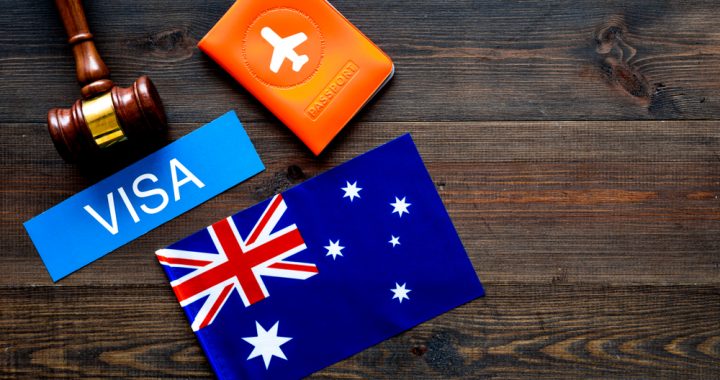
A Bridging Visa B (BVB) is essential for individuals in Australia who are awaiting a visa decision but need to travel overseas temporarily. While this visa provides much-needed flexibility, many applicants make avoidable mistakes that lead to delays or refusals. In this blog, we will discuss the most common mistakes when applying for a Bridging Visa B and how to avoid them, ensuring a smooth and stress-free process.
1. Applying Too Late
One of the most frequent mistakes is submitting the Bridging Visa B application too close to the intended travel date. Processing times vary, and last-minute applications risk being delayed, preventing you from leaving Australia as planned.
How to Avoid:
Apply at least 2-4 weeks before your intended departure date.
If urgent travel arises, consult a migration agent to explore your options.
2. Providing Insufficient Evidence for Travel
Applicants must provide a genuine reason for travel, such as a family emergency, work commitment, or essential personal matter. A vague or poorly documented reason can lead to a rejection.
How to Avoid:
Submit clear supporting documents, such as medical reports, wedding invitations, or employer letters.
Explain why the travel is necessary and cannot be postponed.
3. Not Maintaining Visa Conditions
A Bridging Visa B does not override the conditions of your substantive visa or Bridging Visa A (if applicable). Violating visa conditions can lead to complications in your application.
How to Avoid:
Check your current visa conditions before applying.
Seek guidance from a migration agent if you’re unsure about your status.
4. Incorrect or Incomplete Application
Errors in the application form, such as incorrect details, missing documents, or inconsistencies, can lead to processing delays or outright refusals.
How to Avoid:
Double-check all details before submission.
Use a migration agent to review your application and ensure accuracy.
5. Traveling Before Receiving Approval
Some applicants assume they can leave Australia immediately after applying for a Bridging Visa B. However, without formal approval, they risk having their bridging visa canceled, which could complicate their return.
How to Avoid:
Wait for official approval before departing Australia.
Track your application status online or consult your migration agent for updates.
6. Applying for Multiple Bridging Visas Simultaneously
If you already hold a Bridging Visa A or have another bridging visa pending, applying for a Bridging Visa B incorrectly can cause complications.
How to Avoid:
Understand your visa type before lodging a BVB application.
Seek legal or professional advice from a migration agent if unsure.
Conclusion
Applying for a Bridging Visa B can be straightforward if you avoid these common mistakes. Careful planning, submitting strong supporting documents, and ensuring compliance with visa conditions will increase your chances of approval. If you’re uncertain about any step in the process, consulting a migration agent can provide expert guidance and help you navigate the application smoothly.
Need assistance with your Bridging Visa B application? Reach out to a qualified migration agent today for professional advice!











